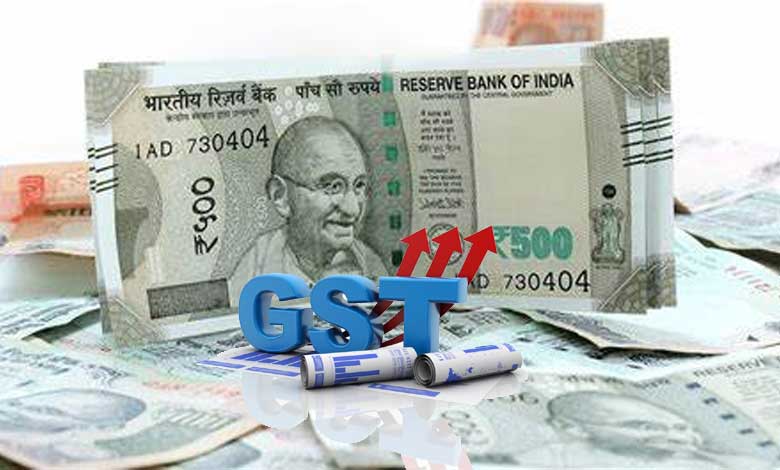India’s GST Collection Hits Record High of ₹2.37 Lakh Crore in April 2025
This represents a 12.6% year-on-year growth compared to April 2024, when collections stood at ₹2.10 lakh crore. It also surpasses the March 2025 figure of ₹1.96 lakh crore, making April’s collection the strongest yet.

India’s Goods and Services Tax (GST) collection reached a historic peak in April 2025, hitting approximately ₹2.37 lakh crore — the highest since the implementation of the indirect tax regime in July 2017, as per government data released on May 1.
Table of Contents
This represents a 12.6% year-on-year growth compared to April 2024, when collections stood at ₹2.10 lakh crore. It also surpasses the March 2025 figure of ₹1.96 lakh crore, making April’s collection the strongest yet.
Domestic and Import Revenues Show Robust Growth
Out of the total ₹2.37 lakh crore collected in April, revenue from domestic transactions rose by 10.7% to around ₹1.9 lakh crore. Meanwhile, collections from imported goods increased by an impressive 20.8%, amounting to ₹46,913 crore.
Refunds issued during the month also saw a sharp rise of 48.3%, totaling ₹27,341 crore. After adjusting for these refunds, the net GST collection stood at over ₹2.09 lakh crore — still reflecting a 9.1% rise over the same period last year.
April marked the fourth straight month of GST collections exceeding the ₹1.8 lakh crore threshold, signaling consistent economic strength.
What is GST and Why Is It Important?
The Goods and Services Tax is a comprehensive, destination-based indirect tax levied on the supply of goods and services across India. It replaced a patchwork of central and state levies including VAT, excise duty, and service tax, simplifying the country’s tax system.
Under GST’s dual structure, the Centre collects Central GST (CGST), states collect State GST (SGST) for intra-state transactions, and Integrated GST (IGST) is levied on inter-state and import transactions — with revenues shared between the Centre and states.
Why Record GST Collection Matters
- Stronger Economy: High GST numbers typically reflect higher consumption, improved manufacturing and services output, and overall economic expansion.
- Better Tax Compliance: The surge also indicates improved compliance, supported by initiatives like e-invoicing, AI-based fraud detection, and data analytics.
- Boost to Government Spending: Increased revenue gives the government greater fiscal room to invest in infrastructure, welfare schemes, and public services, reducing reliance on debt.
This milestone underscores India’s post-pandemic economic recovery and highlights the effectiveness of reforms in the indirect tax system.
